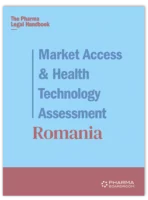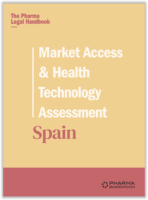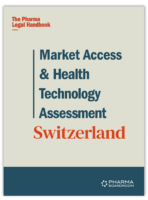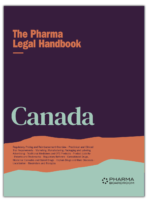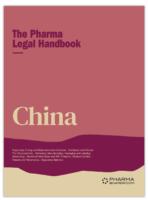Traditional Medicines and OTC Products
/ Serbia
1. What are the regulatory requirements for traditional, herbal, complementary, or alternative medicines and devices?
Traditional medicines are subject to a marketing authorization issued by ALIMS. Marketing authorization is not required for traditional herbal medicines or homoeopathic medicines which fulfil conditions prescribed in the Medicines Act. Instead, they are registered in the appropriate registries kept by ALIMS.
To be registered, a traditional herbal medicine must meet the following conditions:
- it has indications that are characteristic exclusively for traditional herbal medicines which, in their composition and purpose, are intended for use without medical supervision for diagnosis, issuing prescriptions, or monitoring the course of treatment;
- it is intended exclusively for use according to the prescribed strength and dosage;
- it is intended for oral use, external use, or inhalation;
- its period of traditional use has expired, or at least 30 years of use have passed before the date of application for the marketing authorization, including at least 15 years within the territory of the European Union;
- There is sufficient data on the traditional use of the medicine, showing that it is not harmful under prescribed conditions of use, and that its pharmacological effects or effectiveness can be expected based on its long-term use and experience.
An herbal medicine that contains vitamins or minerals with well-documented therapeutic safety can be considered a traditional herbal medicine if the effect of these vitamins or minerals is merely auxiliary compared to the effect of active herbal ingredients concerning the established indication or indications.
A homeopathic medicine may be registered if it meets the following conditions:
- it is intended for oral or external use;
- there are no therapeutic indications stated on its packaging or in any other information related to the medicine (e.g., in promotional material);
- there is a sufficient degree of dilution of the medicine that ensures its therapeutic safety, and the medicine does not contain more than one part of the mother tincture in ten thousand parts or more than 1/100 part of the minimum dose used in allopathic (conventional) medicine, for active substances whose presence in an allopathic medicine requires the medicine to be prescribed with a doctor’s prescription.
2. Can these traditional, herbal, complementary, or alternative products be advertised directly to the public?
Yes, there are no additional restrictions related to advertising of traditional, herbal or homeopathic medicines.
3. What health, advertising, and marketing claims may be made for traditional, herbal, complementary, or alternative products?
Advertising of traditional, herbal, or homeopathic products is subject to the same rules as the advertising of other medicines. Advertising of a medicine that misleads or leads to the conclusion that the safety and efficacy of the medicine are ensured by its natural origin, or describes a disease and treatment successes in a way that encourages self-treatment, is prohibited. Additionally, advertising of a medicine in an inappropriate and sensationalistic manner about their treatment successes by showing images, etc., is also prohibited.
Medicines must not be advertised in a manner which suggests that the medicine falls under food, cosmetics, or other items for general use.
In general, when advertising or marketing traditional, traditional herbal or homeopathic medicines, only the claims approved by ALIMS in the process of issuing of marketing authorization or the process of registration may be used.
4. What are the regulatory requirements for over-the-counter (non-prescription) medications?
Over-the-counter (OTC) medications are subject to the marketing authorization, and their wholesale may be carried out on the basis of the appropriate wholesale license. Compared to the prescription-only medicines, OTC medicines are subject to different rules with regard to advertising and pricing.
5. Are there any limitations on locations or channels through which OTC products may be sold?
The regime of sale for OTC medications is the same as for the prescription-only medicines in terms of available sales locations and channels.
6. What health, advertising, and marketing claims may be made for OTC products?
Please refer to question 17 of this chapter.
7. Can OTC products be marketed or advertised directly to the public?
Please refer to question 17 of this chapter.
8. What is the mechanism by which a prescription-only product can be converted to an OTC product?
ALIMS classifies medicines into prescription-only (and their subcategories) and OTC medicines in the process of issuing the marketing authorization. The marketing authorization holder may request a re-classification into OTC product on the basis of significant preclinical and clinical trials. Change in the prescription regime must be approved as a type II variation of the marketing authorization.
9. What are the requirements for the importation of either traditional medicines or OTC products?
Import of traditional medicines or over-the-counter products is subject to the general rules on import of medicinal products.
Import is a part of the wholesale activity and is subject to obtaining a wholesale license issued by the Ministry of Health. The exception is the import by entities performing only import or export activities on behalf of and for the account of a medicines wholesale license-holder, who may import medicines without a wholesale license.
As a general rule, only medicines with a valid marketing authorization (or registration, for homeopathic or traditional herbal medicines) may be imported. Medicines which are not registered in Serbia may be imported on the basis of a special approval issued by ALIMS for import of registered medicines.












